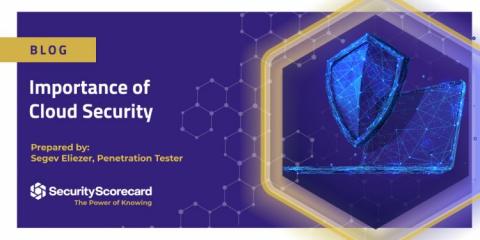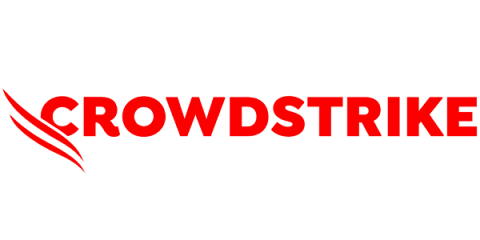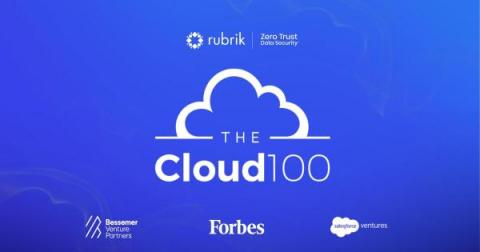Importance of Cloud Security
The concept of storing sensitive data in the cloud was once seen as ludicrous. Now, businesses are moving into cloud security at an exponential rate with the promise of larger storage space, lower costs, and improved performance. However, with such great benefits come severe risks.










